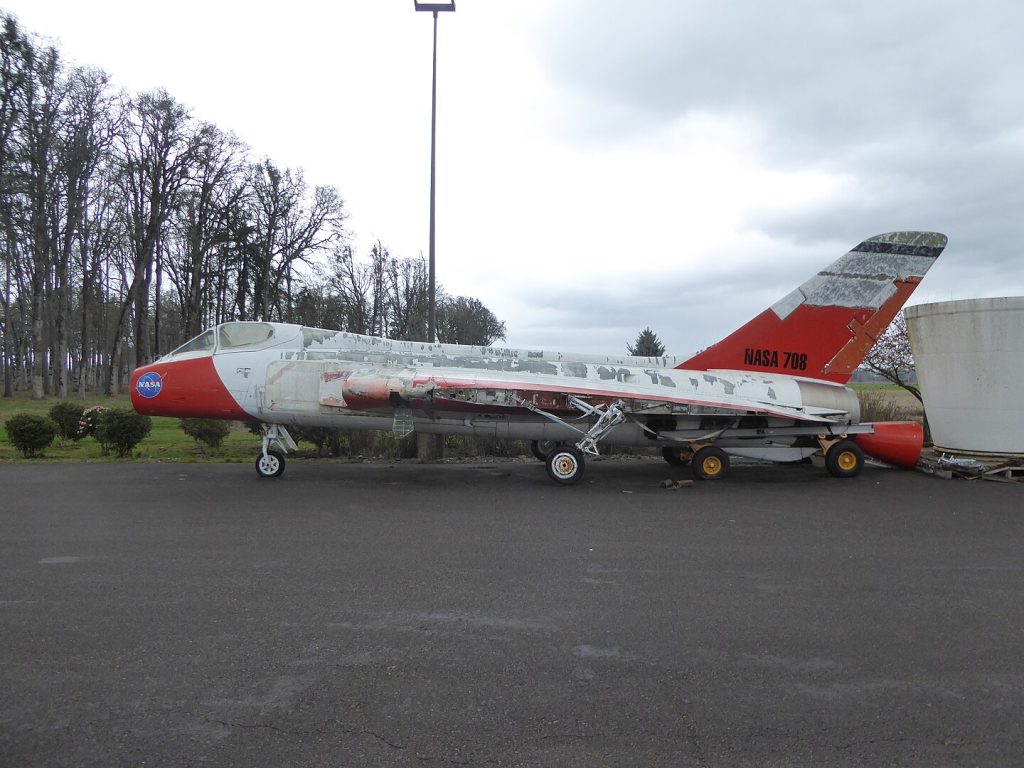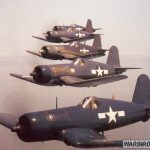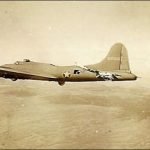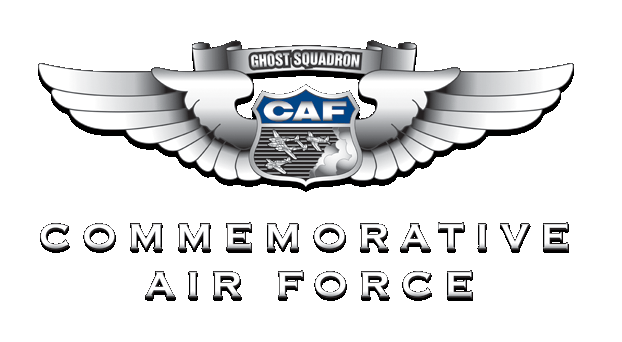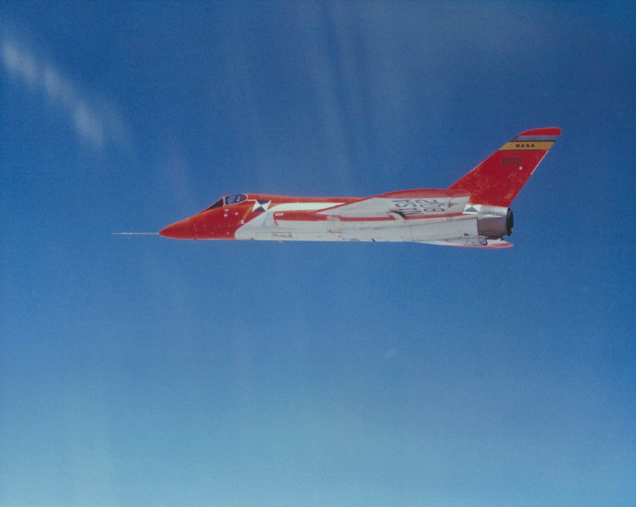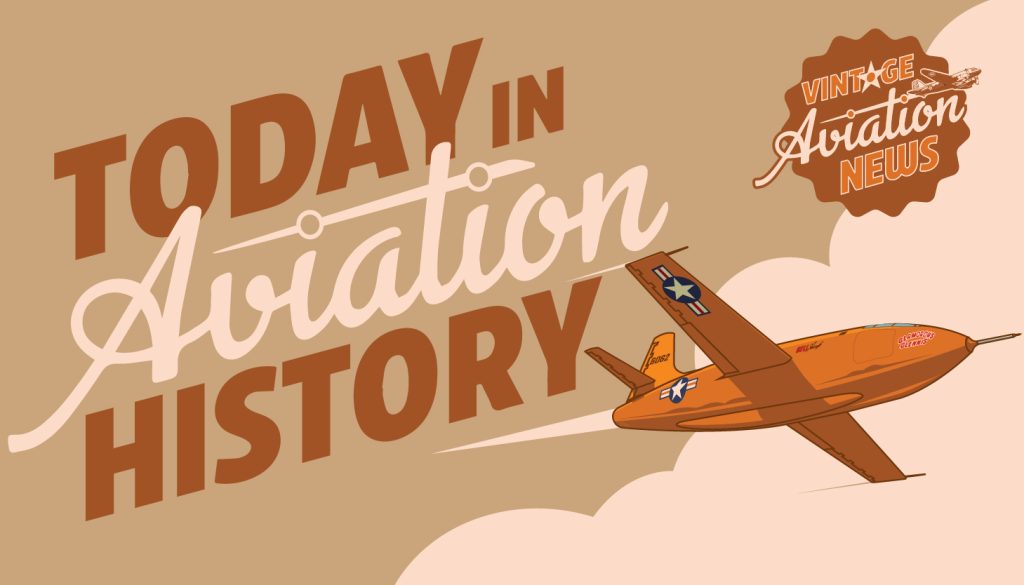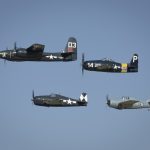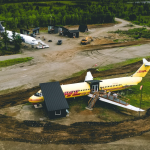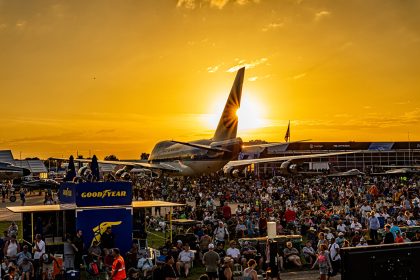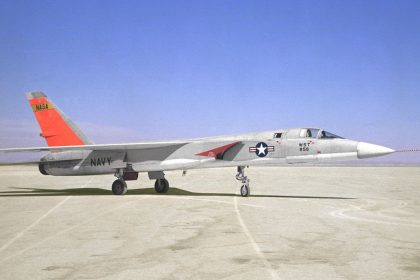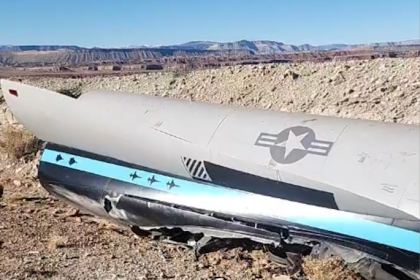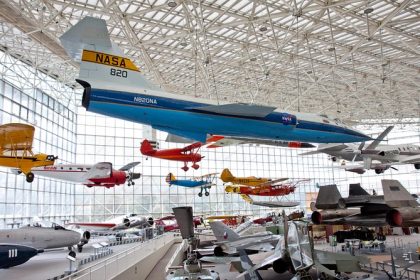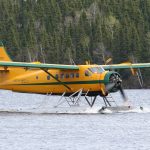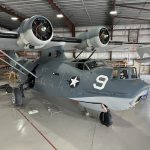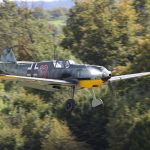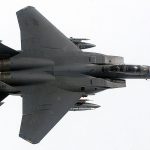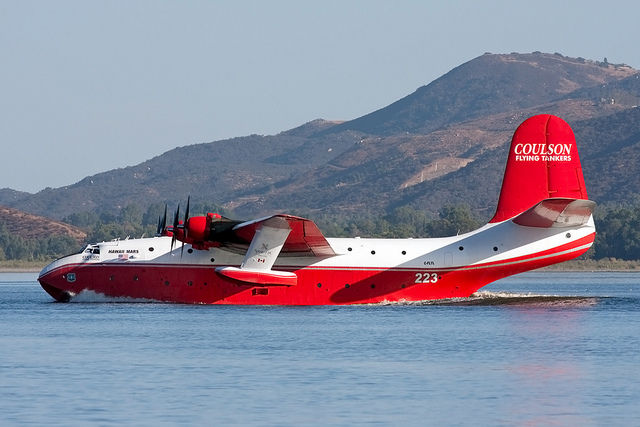On this day in aviation history, we commemorate the 69th anniversary of the Douglas F5D Skylancer’s first flight. On April 21, 1956, F5D-1 Skylancer BuNo 139208 soared into the skies for the first time—achieving supersonic speeds during its maiden test flight and demonstrating promising handling and performance.
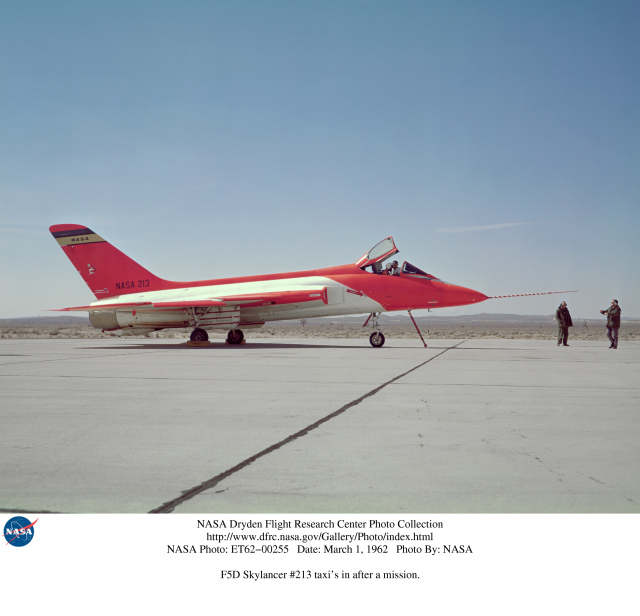
The F5D was born from the Douglas F4D Skyray and was initially designated the F4D-2N, intended as an all-weather variant of the original aircraft. However, as the design evolved and underwent significant modifications, it quickly became clear that the F5D had grown into a fundamentally new aircraft. Originally fitted with a Westinghouse J40 engine generating 7,300 pounds of thrust, the Skylancer’s airframe demanded more power. The engine was soon replaced with the more capable Pratt & Whitney J57, which produced 10,200 pounds of thrust. With such major changes to both design and powerplant, the aircraft was re-designated the F5D Skylancer.

Despite its impressive performance and potential, the U.S. Navy canceled the program after only four airframes were constructed. Officially, the decision was based on the perceived similarity to the Vought F8U Crusader, although some aviation historians argue that political considerations also played a role. Notably, the Skylancer’s test pilot, Lt. Cmdr. Alan B. Shepard Jr.—who would later become the first American in space—stated that the aircraft was not essential to the Navy’s needs.
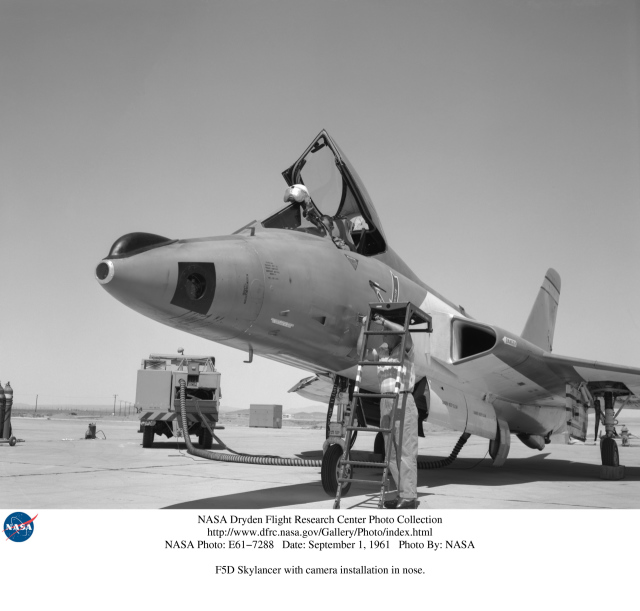
Although it never saw combat service, the Skylancer found a new role supporting flight research programs with NASA. It had a top speed of Mach 1.48 (789 miles per hour) and a combat range of 1,159 nautical miles. The aircraft could be outfitted with four 20mm autocannons, seventy-two 2-inch rockets, and either four AIM-9 Sidewinder or two AIM-7B Sparrow missiles.

Of the four Skylancers built, two survive today. BuNo 139208 is on display at the Evergreen Aviation & Space Museum in McMinnville, Oregon, while BuNo 142350 is housed at the Armstrong Air & Space Museum in Wapakoneta, Ohio. Though it never fulfilled its potential as a combat aircraft, the Douglas F5D Skylancer remains a symbol of innovation and unrealized promise—a fascinating “what if” in Cold War aviation history.
